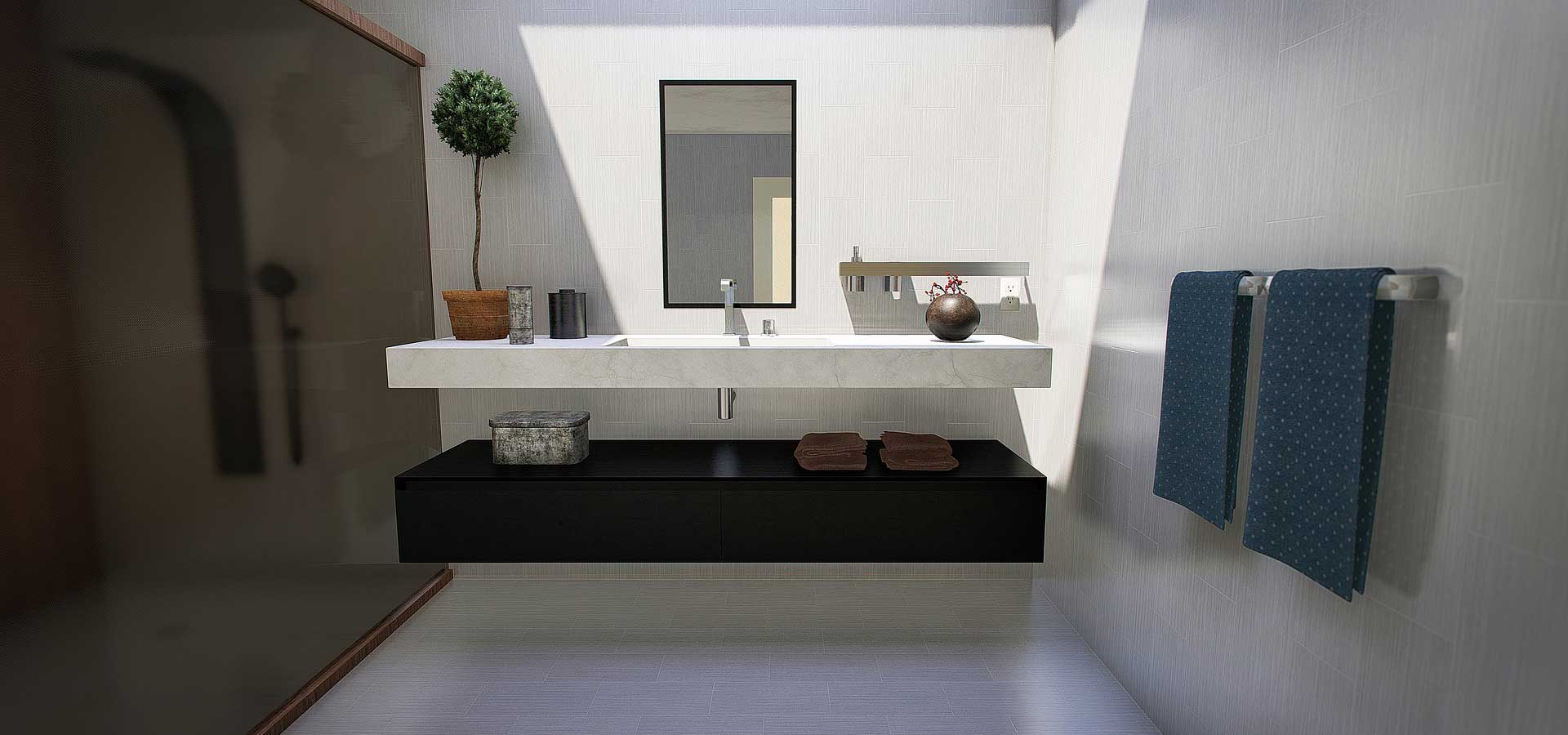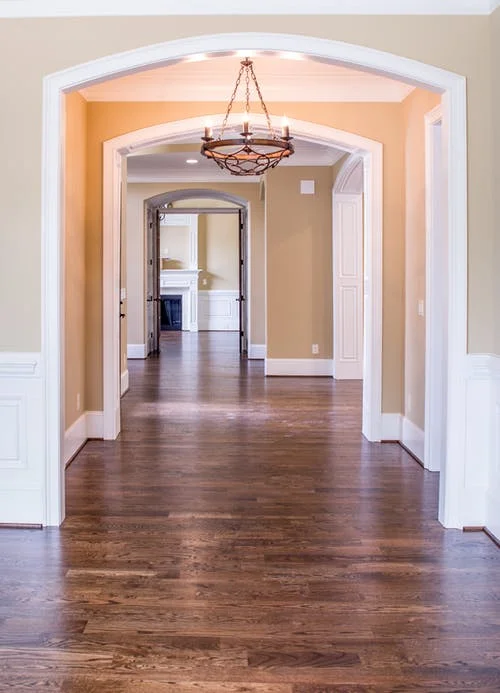Hardwood flooring is one of the best decisions you can make when it comes to interior home design, as it is a product that never goes out of style. It’s easy to assume that all hardwood flooring is the same when it comes to durability, but this is actually quite far from the truth. Hardwood’s actual hardness is measured by something called the Janka hardness scale. Let’s take a look at what the Janka scale is and how it works.
What is the Janka hardness scale?
The Janka hardness scale is a way of measuring the hardness of a given piece of hardwood. It was invented in the year 1906 by an Austrian wood researcher named Gabriel Janka, and it is an adaptation of the Brinell hardness test for metals. In order to better understand the Janka scale, you first need to know how the Brinell test works. The Brinell hardness test is used to test metal materials that are too coarse or rough to be tested by other means. The test involves a steel ball with a 10mm diameter being pressed into the material’s surface under 3,000 kgs of pressure. The resulting indentation is then examined to determine the hardness of the material.
How does the Janka hardness scale work?
The Janka hardness scale works in a very similar way to the Brinell test. It measures the pounds of force (lbf) it takes to drive an 11.28 mm diameter steel ball halfway into the surface of a slab of hardwood. A test done on the surface of a board, perpendicular to the grain is called a test of “side hardness”, while the same test being performed on the cut surface of a stump is called a test of “end hardness”. Every hardwood board will not yield the same test result, seeing as the hardness of wood varies with the direction of the wood grain, and will be different from one board to another. While durability issues come up when we look at different types of wood grains, there is usually not much deviation when it comes to differences in separate types of wood material, as estimates usually find the difference to be about plus or minus 10%.
Why is a Janka hardness rating important?
Hardwood flooring is a big investment and will typically cost you a pretty penny, so you’ll want to make sure you are getting top quality wood that is not going to deteriorate or wear down after a few short years. While wood with a low Janka rating can still serve you just fine, it is only going to do so if you live a quieter lifestyle that does not involve your home seeing heavy foot traffic. If you have children and/or pets, try to find hardwood with a higher Janka score. A Janka hardness rating is going to give you a great indication of what kind of wear and tear your hardwood is going to be able to handle, helping you make a smarter decision when it comes to making a purchase. Come visit Touchtone Canada and browse our collection of high-quality hardwood flooring today.



